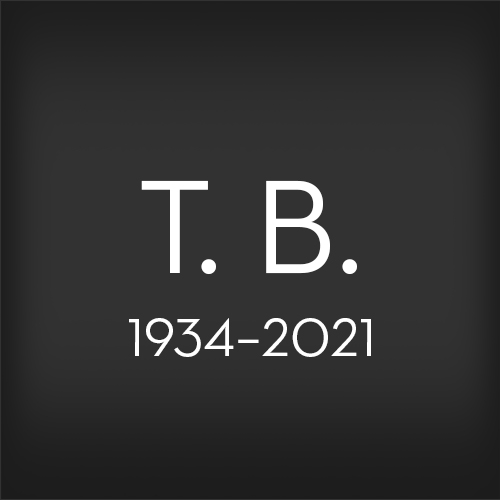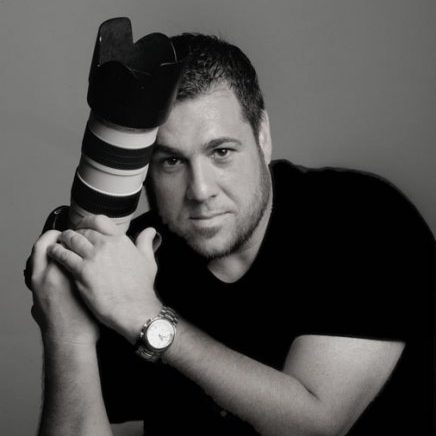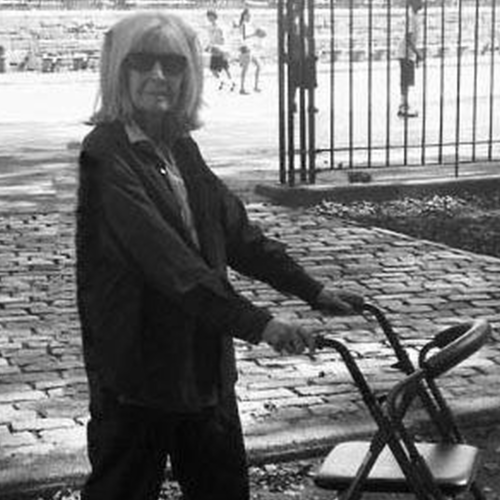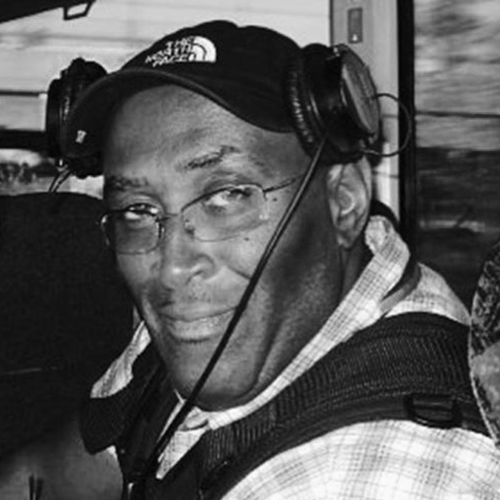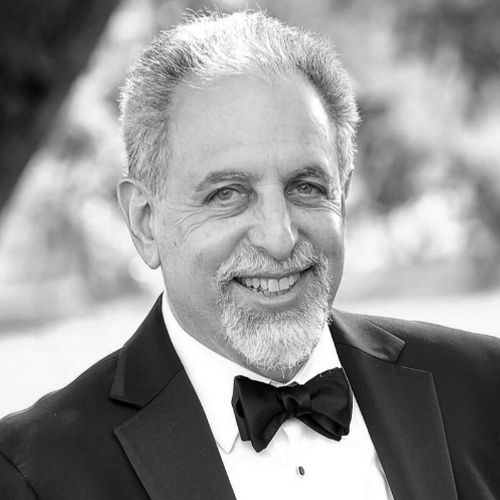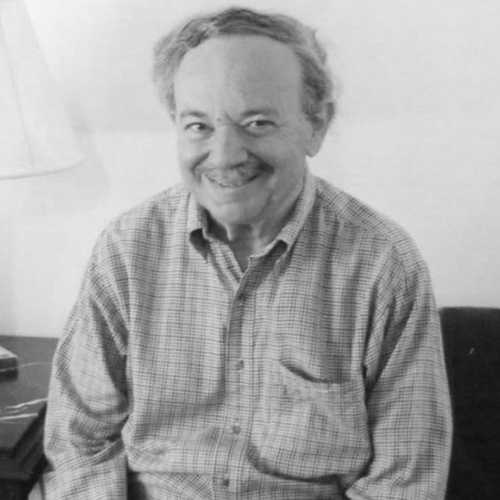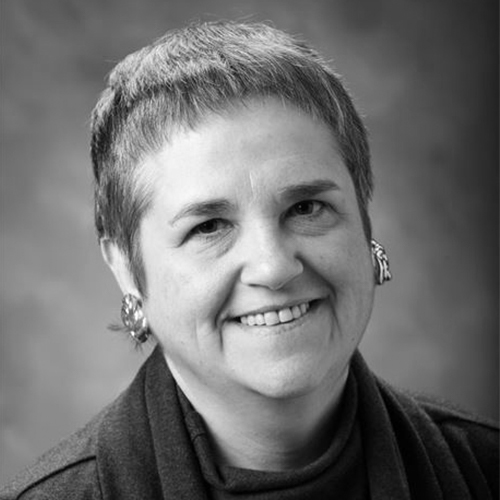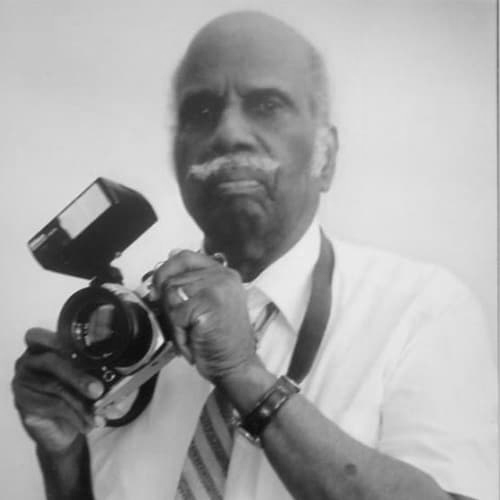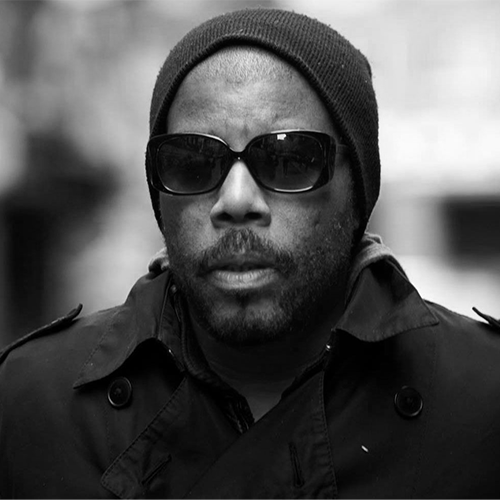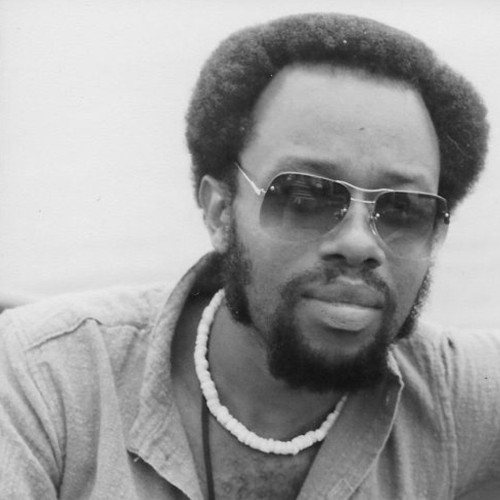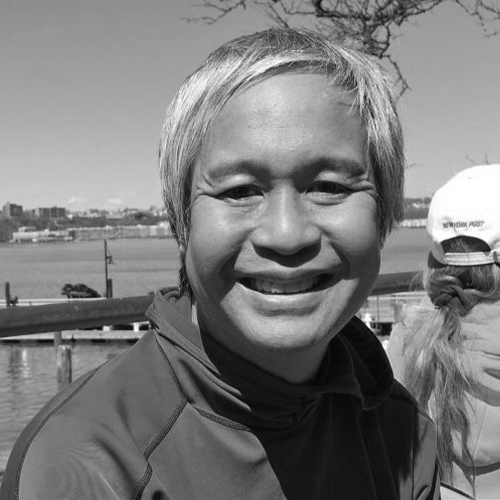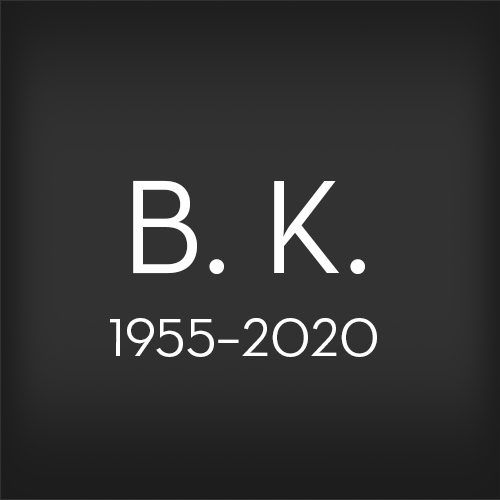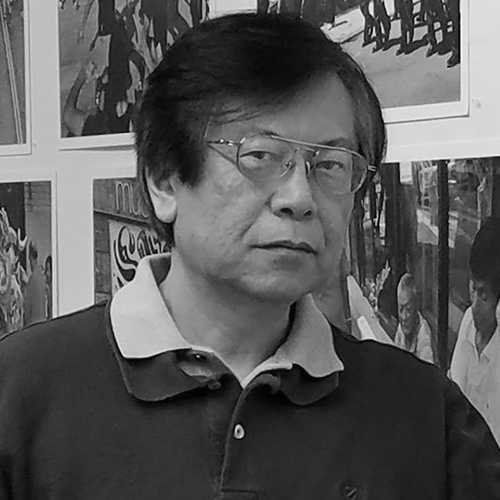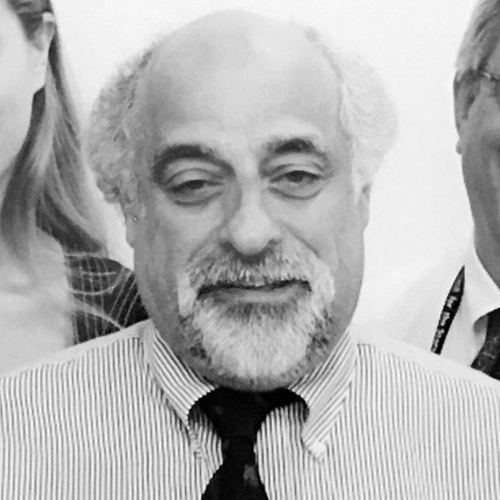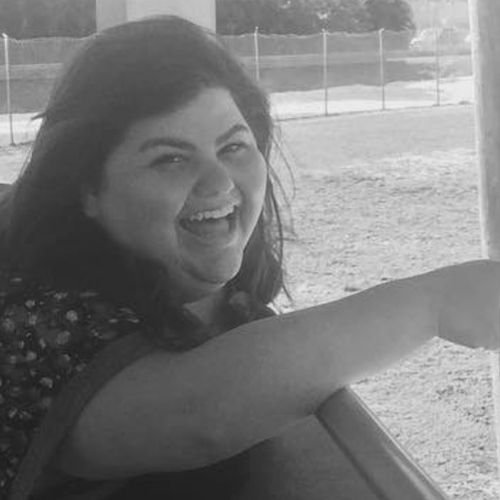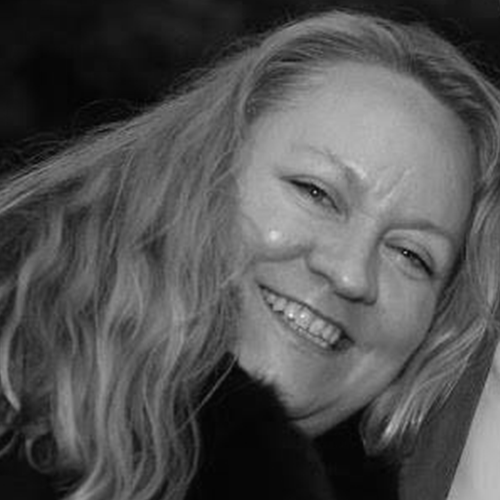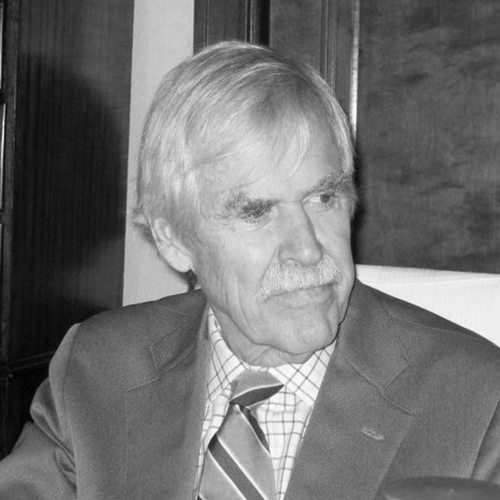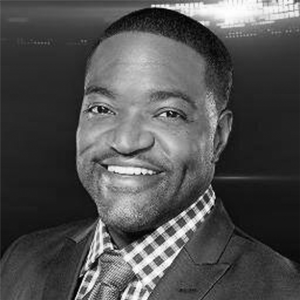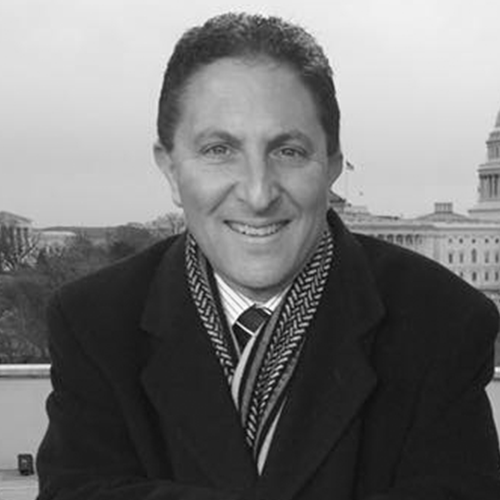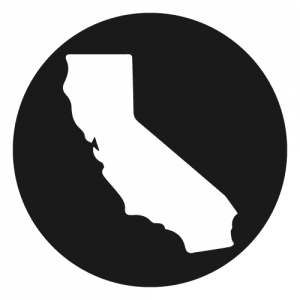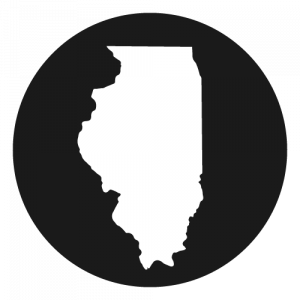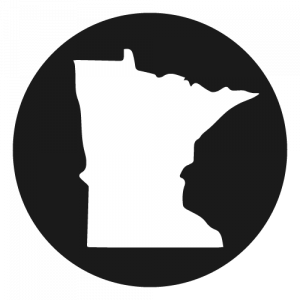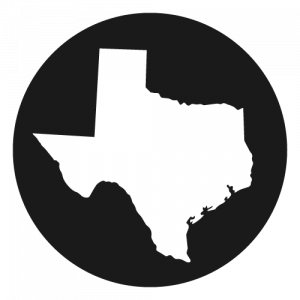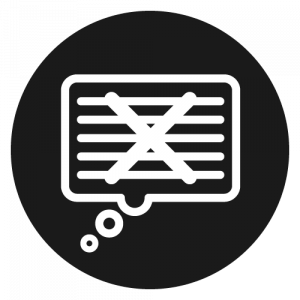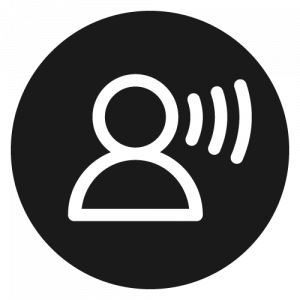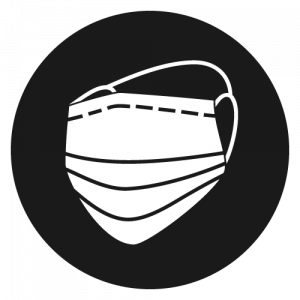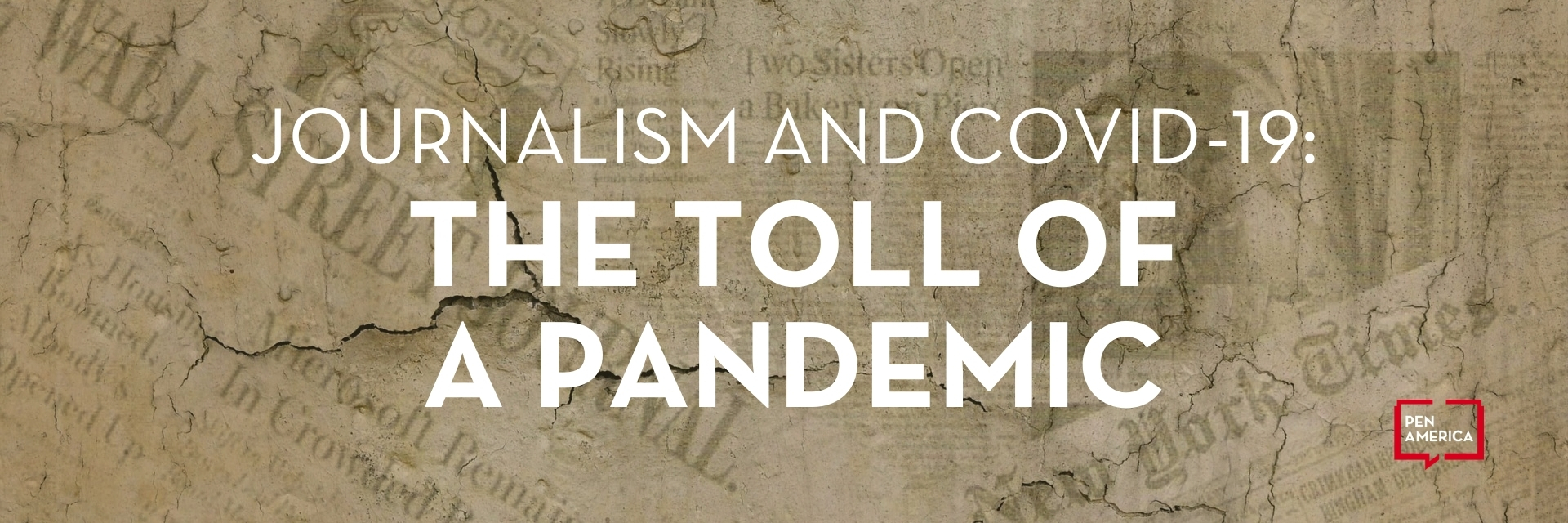
JUMP TO:
In Memoriam | Newsrooms Affected | Free Press Threatened
At the start of the coronavirus pandemic, news publishers were deemed “essential” businesses, underlining the vital role that journalists play in our society. Indeed, journalism is perhaps never more important than at a time of intersecting challenges for the United States with the health crisis and associated economic spiral, a divisive political election and its aftermath, and period of protest and reckoning with systemic racism. And yet, when people most need factual information to counter the deluge of mis- and disinformation, the pandemic has had a damaging impact on journalism in the United States. The pandemic has presented unique opportunities for political forces, following former President Donald Trump’s lead, to inhibit and delegitimize the practices of a free press. Even as the demands for newsgathering have grown, newsrooms are facing unprecedented economic challenges, forcing some to shutter and others to face cutbacks in staff and other resources. And, alongside others in their communities, journalists have succumbed to the virus.
This has led PEN America to the question: What is the toll of the coronavirus on journalism in the United States? While we will never know the full impact, this project is a start. Our hope is that it helps us begin to understand how COVID-19 has affected one of the most important institutions making up the fabric of our democracy—and brings attention to why journalism needs to be supported now more than ever.
Last updated: June 28, 2021
In Memoriam
The coronavirus has afflicted so many in the United States and led to more than 547,000 deaths. Journalists and other media professionals, like their neighbors in communities across the country, are included in that count. With their passing, they leave lasting legacies at newsrooms and memories treasured by friends, family, and colleagues. Here, we pay tribute to the media personnel whose lives were tragically cut short by the virus through remembrances and some of their most memorable work. A more comprehensive, up-to-date list of media professionals who have passed during the pandemic can be found on the Press Emblem Campaign.
Newsrooms Affected
The pandemic has devastated a news media industry already struggling with lost advertising revenue, changing business models, new information consumption patterns, and a range of other challenges. This crisis, especially affecting local news in cities, towns, and rural regions, is documented in PEN America’s report Losing the News: The Decimation of Local News and the Search for Solutions. Remedies, including a call for greater federal support for local news, are the topic for important ongoing debate. In this section, we focus on five states with among the most negatively affected newsrooms—determined by furloughs, layoffs, pay cuts, reduced hours, shifts to solely online coverage, suspension of print, temporary or permanent closures, reduced print schedules, and mergers. This doesn’t take into account other things that have happened to newsrooms—shifting to fully remote operations, for instance—but focuses on the changes newsrooms made that have affected their coverage and the access to news in the communities they cover. For a more comprehensive, individual case-by-case look at cost-cutting measures that newsrooms across the U.S. have enacted, visit the resources from Poynter and Nieman Lab linked at the bottom of this page.
Free Press Threatened
Early in the pandemic, we voiced concern about what cancellations of in-person briefings and events would mean for first-hand reporting. Since then, from state government officials to the White House, we’ve seen the implications of the pandemic on press freedom through attacks and harassment of reporters, censorship of divergent opinions, denigration of the role of the press, restrictions on information, and risks to safety. This section focuses on incidents of free press threats directly related to the coronavirus outbreak, and therefore excludes incidents that occurred during, for example, anti-racism protests.
Acknowledgements
This project was created by Sandy Mui, PEN America’s digital communications coordinator, as her independent study project for the certificate program in interactive technology and pedagogy at The Graduate Center at the City University of New York (CUNY). Ximena Gallardo C. served as advisor in her role at The Graduate Center. Listen to Mui’s episode on The PEN Pod to learn more about the project trajectory, and read her blog post elaborating on the project.
Special thanks to PEN America staff members: Elena Barbosa, who designed all graphics; and Nora Benavidez, Stephen Fee, Summer Lopez, Dru Menaker, Viktorya Vilk, and Katie Zanecchia, who all served as consultants.
Sources
From PEN America
- “World Press Freedom Day 2020—Local Heroes: Journalists Covering COVID-19.”
- “Free Expression in the Time of Coronavirus.”
- “PEN America Welcomes Senate Bill to Support Local News” September 24, 2020.
- “White House Aversion to Press Infects CDC” June 15, 2020.
- “Florida Scientist Fired For Refusing to Alter COVID Data” May 20, 2020.
- “PEN America Marks World Press Freedom Day, Celebrating Journalists Providing Life or Death Coverage Amid a Crisis” April 30, 2020.
- “Florida Officials Suppressing COVID-19 Fatality Data” April 30, 2020.
- “Missouri Governor Bans Reporters From Briefings” April 14, 2020.
- “Trump Defamation Suit Against NBC Affiliate Is Unconstitutional Attack” April 13, 2020.
- “White House Blocking Officials From CNN Is Wanton Act of Coercion” April 9, 2020.
- “Congress Must Include Local News in Next Coronavirus Stimulus” April 8, 2020.
- Summer Lopez, “Journalists are first responders too: We need reporters on the front lines gathering information about coronavirus in real time” New York Daily News, March 31, 2020.
- “Trump Threat to Pull TV Licenses Over Coronavirus Ad ‘Violation of First Amendment’” March 27, 2020.
- Suzanne Nossel and Viktorya Vilk, “As We Confront a Pandemic, U.S. State and Federal Government Must Support Local News” Slate, March 27, 2020.
- “Classifying Coronavirus Deliberations Withholds Critical Information from Americans” March 13, 2020.
External Sources
We are grateful to the many research and nonprofit organizations that collected data and information that were central to this project. These resources include:
- Joshua Benton, “‘Total annihilation’: Coronavirus may just be the end for many alt-weeklies” Nieman Lab, March 19, 2020.
- Kristen Hare, “Here are the newsroom layoffs, furloughs and closures that happened during the coronavirus pandemic” Poynter, March 29, 2021.
- Kristen Hare, “The coronavirus has closed more than 60 local newsrooms across America. And counting.” Poynter, February 16, 2021.
- Kristen Hare, “The journalists and colleagues we’ve lost to the coronavirus” Poynter, May 13, 2021.
- Index on Censorship, “Disease Control?”
- International Press Institute, “COVID-19: Number of Media Freedom Violations by Region.”
- U.S. Press Freedom Tracker, “All Incidents.”


